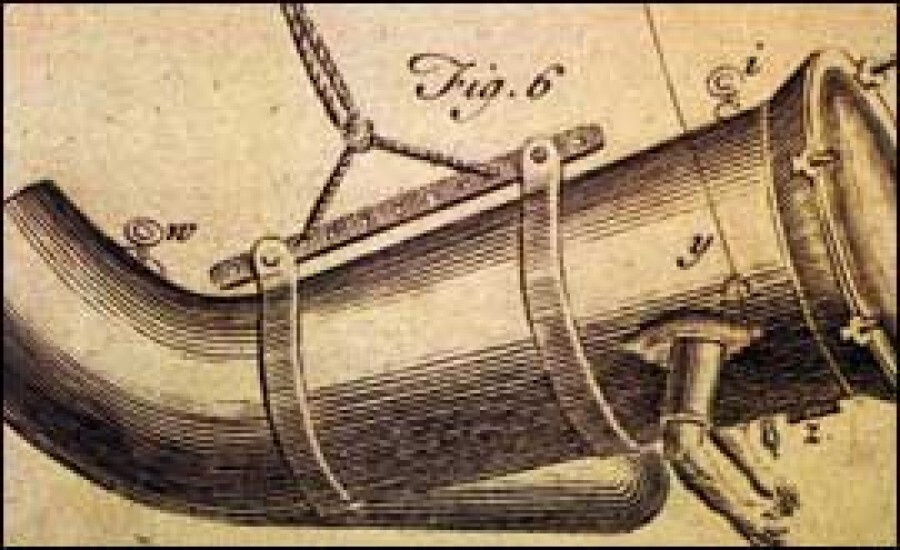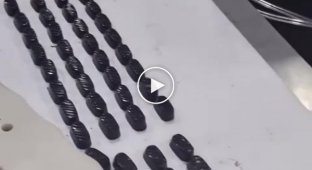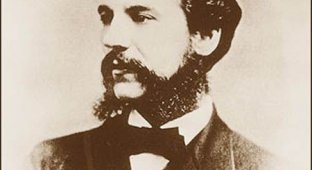“Barrel with hands”: what the first scuba diving apparatus looked like (6 photos)
Briton John Lethbridge is famous for inventing the first scuba diving apparatus in 1715. Then he set out to create a device that would forever change the way man explores the ocean. He succeeded - his ingenuity laid the foundation for modern underwater exploration. 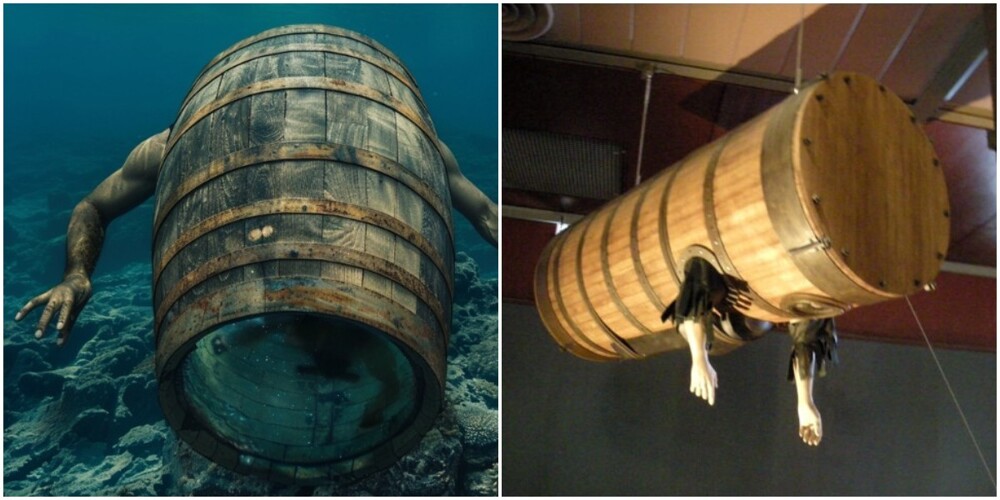
Trader and inventor John Lethbridge lived in Devon in southwest England. He had 17 children. His most famous achievement is the invention of the first underwater diving apparatus, which he showed to the world in 1715. Lethbridge himself grew up in a family of inventors and thinkers—an atmosphere that inspired challenging problem solving and an inventive spirit. One day he decided to create a device that would forever change the way humanity explores the mysteries of the ocean, and he succeeded. He created a “revolutionary” barrel-like apparatus that was used to extract artifacts from sunken ships and explore the underwater depths. 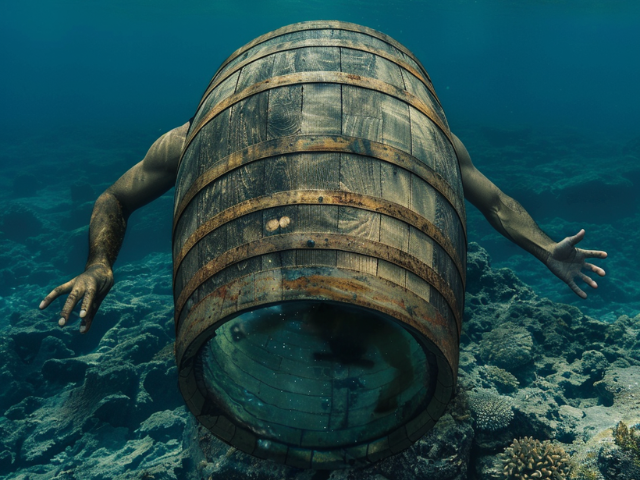
His invention was the result of years of experimentation, failure and perseverance. Lethbridge spent years observing the problems that divers of his era faced: for example, they lacked the equipment to stay underwater for long periods of time. He wanted to create a device that would not only allow for longer dives, but also retrieve items from sunken ships that were thought to be lost forever. His creation, a barrel-shaped apparatus 1.85 meters long, became the first functional device for diving under water. Inside it, the diver lay on his stomach, looked around through a round window, and put his hands into special leather “sleeves.” 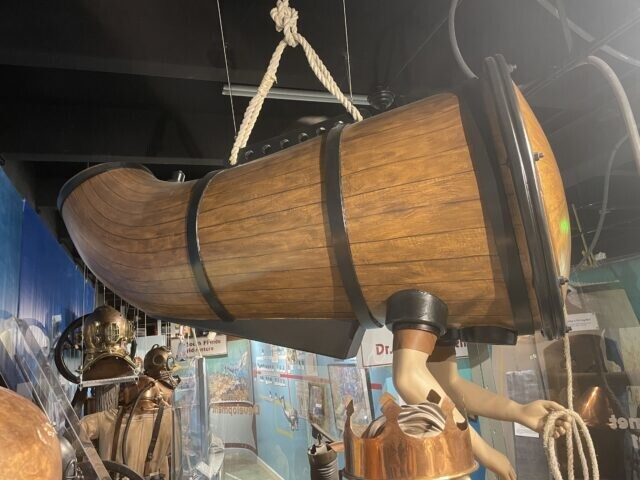
The operating principle of the device was simple and ingenious. First, the diver dived to depth with the help of weights. Once at the desired depth, he examined the bottom or objects of interest through the window. The device had no air supply, except for the air that was trapped inside until the chamber was closed. It was enough to last under water for 30 minutes. When the diver rose to the surface, air was again pumped into the chamber through two valves at the top of the “barrel.” 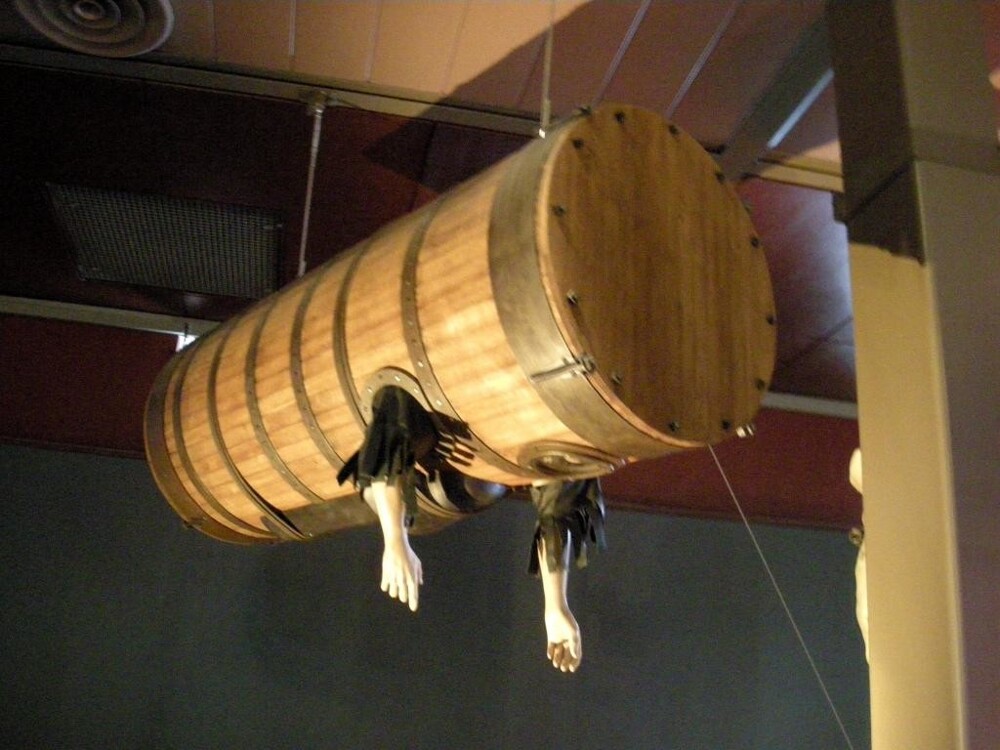
With his invention, Lethbridge contributed to the process of recovering sunken treasures and artifacts, and to increasing the efficiency of salvage operations. His vehicle marked a significant leap in underwater exploration, laying the foundation for future advances in the field. Among his outstanding achievements was his assistance in the recovery of valuable cargo from the East India ship Vansittart, which sank in 1719. With the help of his apparatus, large amounts of gold and silver, valuable items from sunken ships, precious metals and exotic goods were recovered from the seabed. Lethbridge himself has gained the reputation of an innovator who turned the impossible into reality. 